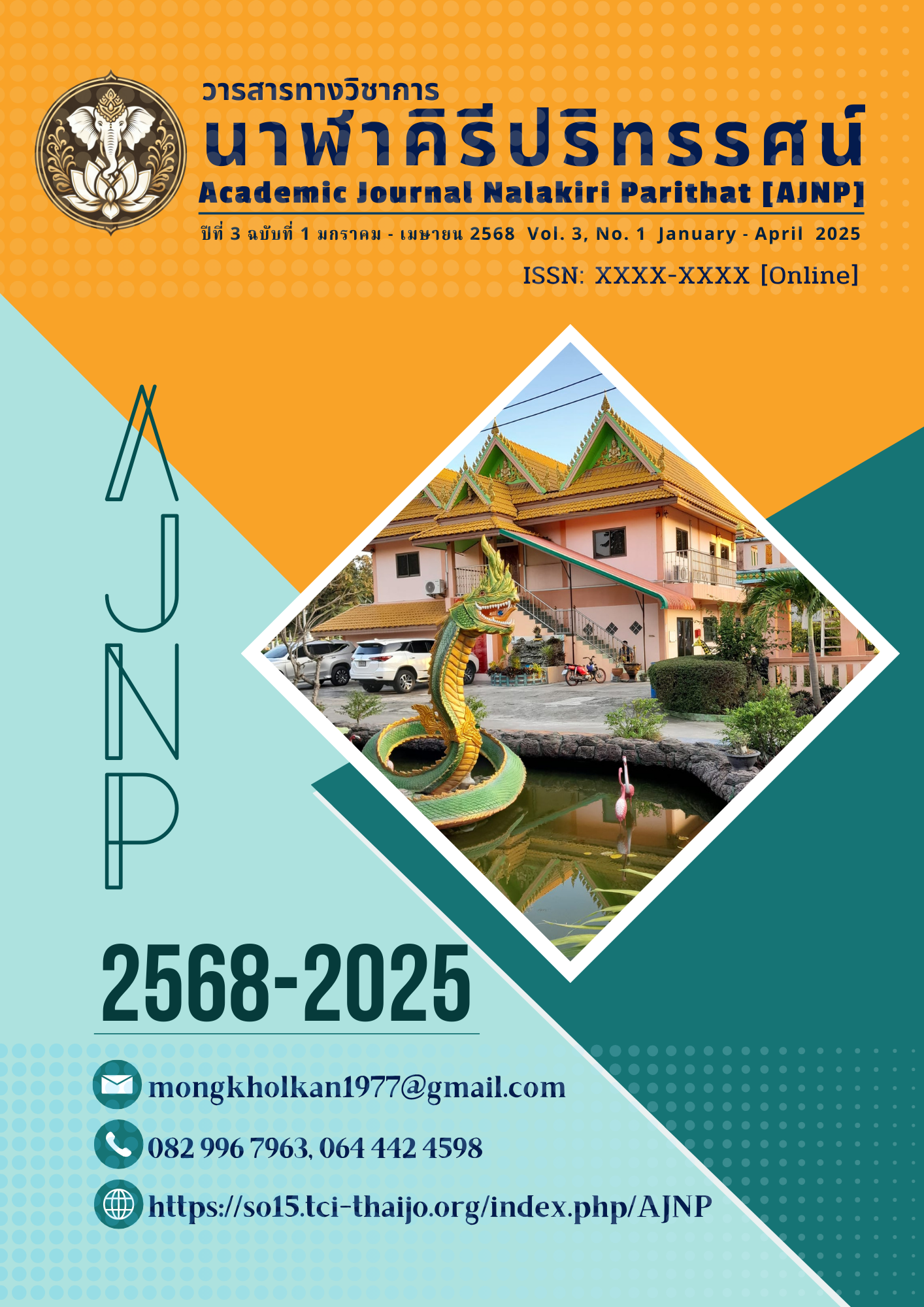BODHISATTVAS FROM THE PERSPECTIVE OF THERAVADA BUDDHIST PHILOSOPHY
Keywords:
way of life, concept, Buddhist philosophyAbstract
This article aims to study the concept of the Bodhisattva in Theravāda Buddhist scriptures those who cultivate pāramī (perfections) in order to attain enlightenment and become a Buddha. There are two types of Bodhisattvas: Aniyata (uncertain) and Niyata (certain). A Bodhisattva who has not received a prophecy or confirmation from a Buddha that they will become a Buddha in the future is called an Aniyata Bodhisattva. A Niyata Bodhisattva, on the other hand, is one who has been prophesied by a Buddha and is therefore certain to attain Buddhahood. Such a Bodhisattva must cultivate themselves through the Eight Qualities of a True Bodhisattva (Sammāpadāna Dhamma) and must also fulfill the Ten Perfections (Dasa Pāramī) completely.
Theravāda Buddhism adheres to the principle of cultivating the Ten Perfections, which are divided into three levels of completeness. These are:Basic Level (Pāramī): For example, Dāna Pāramī refers to giving material possessions and wealth.Intermediate Level (Upapāramī): For example, Dāna Upapāramī refers to giving of one’s body parts, or even offering one’s beloved children or spouse those as dear as one’s own heart.Ultimate Level (Paramattha Pāramī): For example, Dāna Paramattha Pāramī refers to the supreme act of giving one’s own life or body something most cherished by all beings.Combining the Ten Perfections across these three levels results in Thirty Perfections (Sampattiṃsa Pāramī)However, the highest goal in Theravāda Buddhism in general is Arahantship, which is the complete eradication of defilements and attainment of the state of an Arahant.
Downloads
Published
How to Cite
Issue
Section
License
Copyright (c) 2025 Academic Journal Nalakiri Parithat

This work is licensed under a Creative Commons Attribution-NonCommercial-NoDerivatives 4.0 International License.


